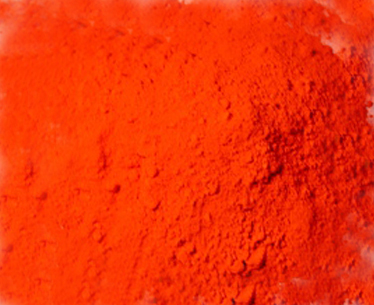Characteristics and application of pigment yellow 81
2025-02-17
Pigment yellow 81 is a very unique pigment in the field of organic pigments, it has a strong green light, which makes it the most green phase of organic pigments. When it is mixed with titanium dioxide, the characteristics of this green phase are more obvious, and the color light will be more green.
Let's talk about its physical uses. Pigment Yellow 81 shows satisfactory performance in many aspects. The first is the light fastness, it can reach a satisfactory level. This feature makes it play an important role in many application scenarios that have certain requirements for lighting. It also performs well in heat and solvent resistance. From the point of view of color fastness, it is very close to the pigment yellow 3, which is of great significance in some specific pigment mixing or color blending scenes.
It is suitable for metal decorative inks containing solvents. In this application scenario, it can provide unique color effects for metal decorative inks with its own excellent properties. In the alkyd nitrile coating, its light fastness can reach 6-7 levels. This means that in this coating system, even if it is affected by a certain degree of light, it can better maintain its own color, without serious fading.
Compared with other benzidine yellow varieties, pigment yellow 81 is more heat resistant. For example, in the environment of polyolefin (260/5min), its heat resistance advantages can be reflected. However, there are some limitations. When coloring soft PVC at low concentrations, there will be color infiltration. And according to different processing formulas and conditions, the pigment may be frosted, which is a place that needs special attention during use. However, the performance in hard PVC (1/3SD) is excellent, and its light fastness can reach level 7.
Another very important feature is that the pigment yellow 81 does not affect the warping property of HDPE plastic. This feature gives it a unique advantage in HDPE plastics-related application scenarios without affecting the quality and performance of the final product due to interference with warping.




